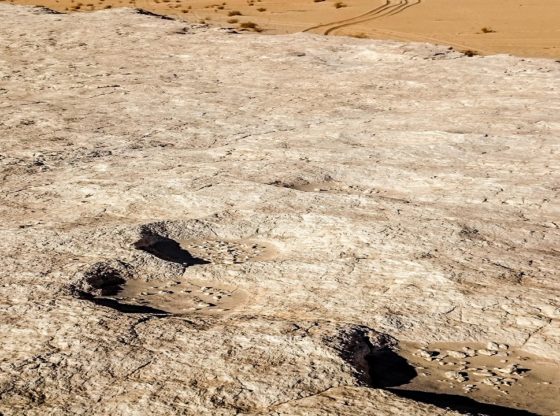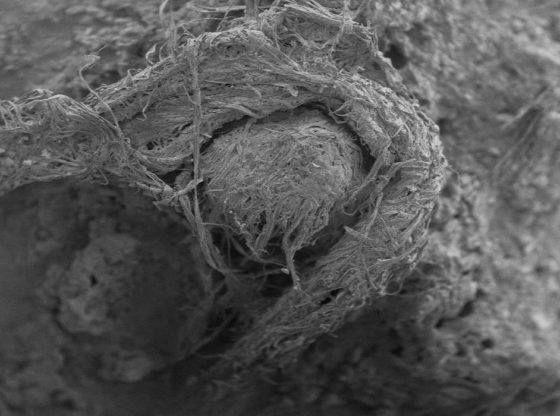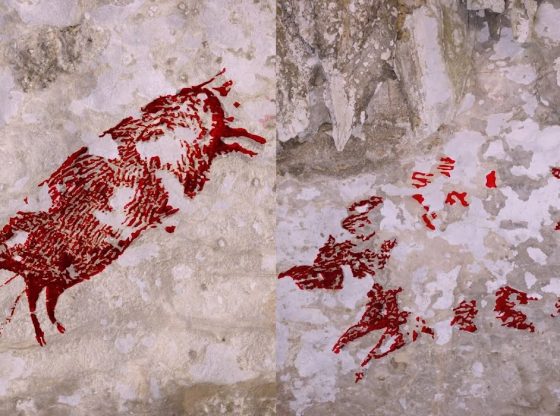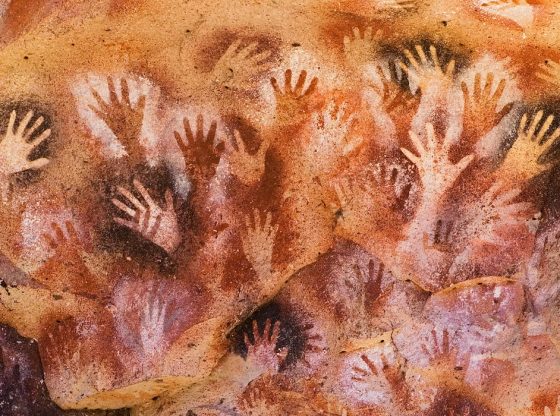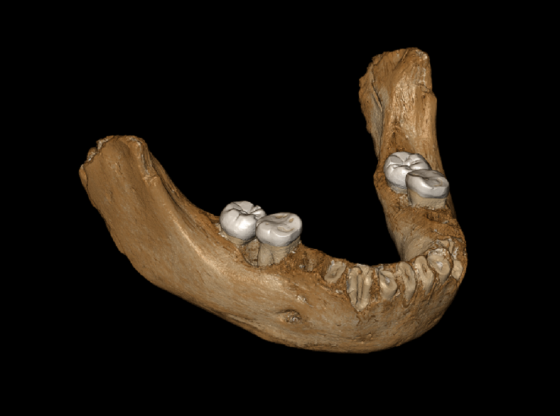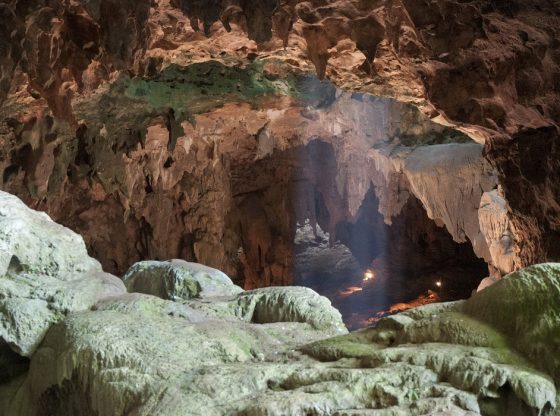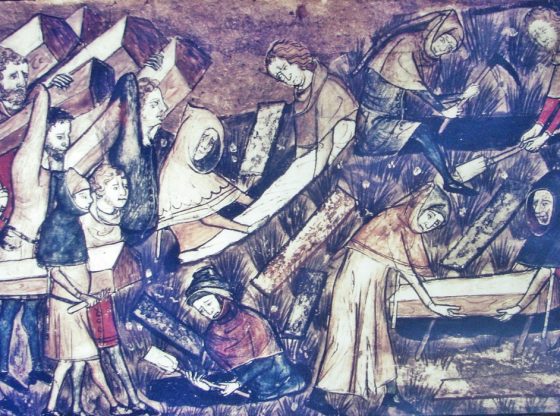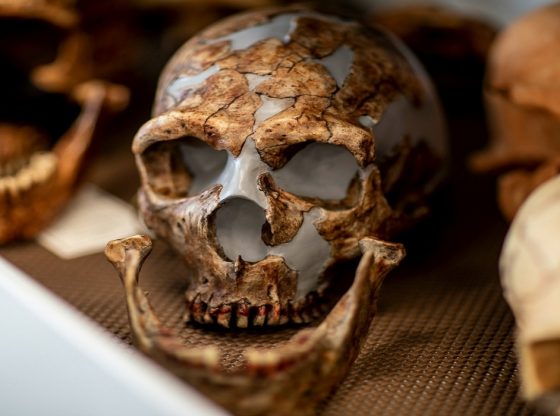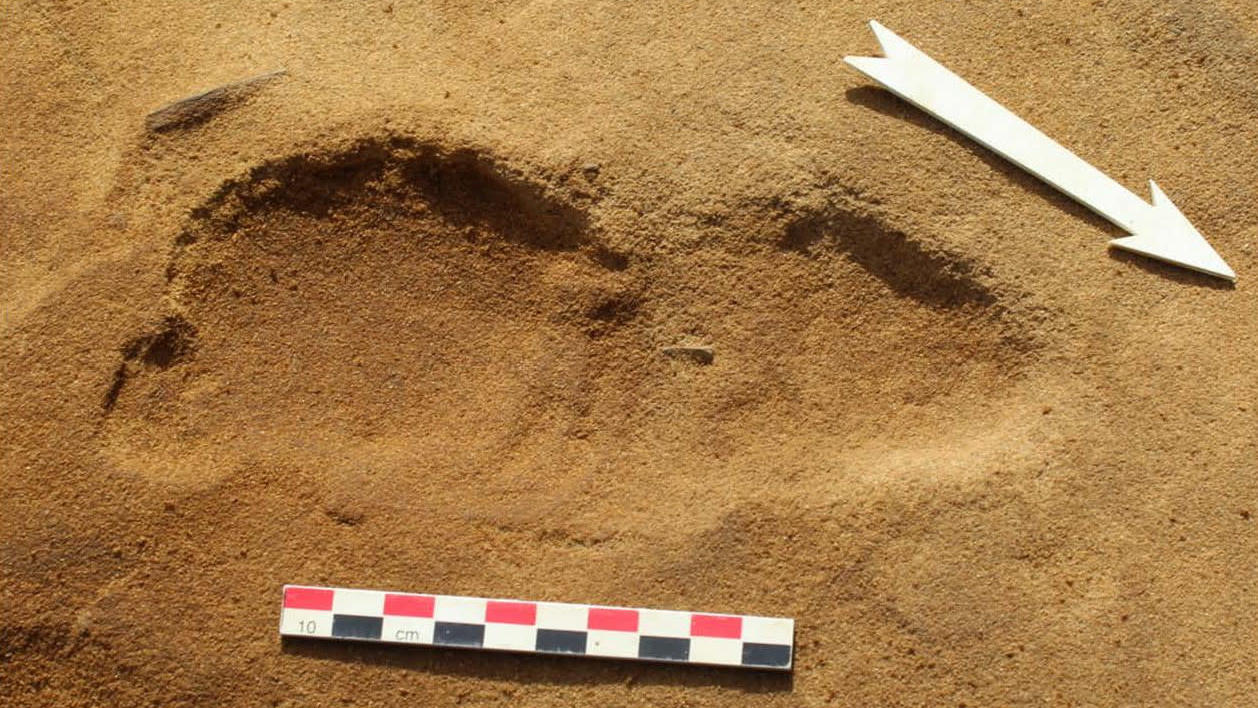
Scientists in France have discovered hundreds of fossilized footprints belonging to a single group of Neanderthals. Some large footprints at the site indicate that they were made by an exceptionally tall individual.
It is the largest known collection of Neanderthal tracks and is giving scientists new insight into the size and composition of social groups 80,000 years ago.
The hundreds of Neanderthal footprints, 257 in all, were discovered in an archaeological site Le Rozel, in Normandy across what is now a coastal creek bed. The impressions are pressed into ancient sediments by a group of ancient humans and preserved by blowing sands.
French scientists say they’re confident the footprints are of Neanderthal origin based on a few factors: the dimensions of the prints themselves (wide, and with a low arch) and the fact that Neanderthals were the only hominins known to be in Europe when they were laid down.
“By applying a morphometric method to a sample of fossil footprints made during a single brief occupation event, our analysis shows that they represent a small group with a majority of children and thus provides direct evidence of the composition of a Neandertal group,”
– The study authors write.
As many as 14 Neanderthal individuals were identified from the impressions, the vast majority of them adolescents and children. A total of five trackways, in which two to three successive prints were laid down by the same individual, were identified. Over 40 percent of the prints yielded robust scientific data, including full feet lengths, clear impressions of toes, rounded heel marks, etc.
Evidence from skeletons seems to suggest that Neanderthals were shorter in stature than modern humans in general, between 150 and 160 centimeters tall (circa 5 foot 6), but some of the Le Rozel footprints seem to have been made by someone with a height of 175 centimeters (5 foot 9). An alternative explanation is that Neanderthals could have been taller than previous evidence suggests and that the few complete skeletons found were isnted unusually short individuals.
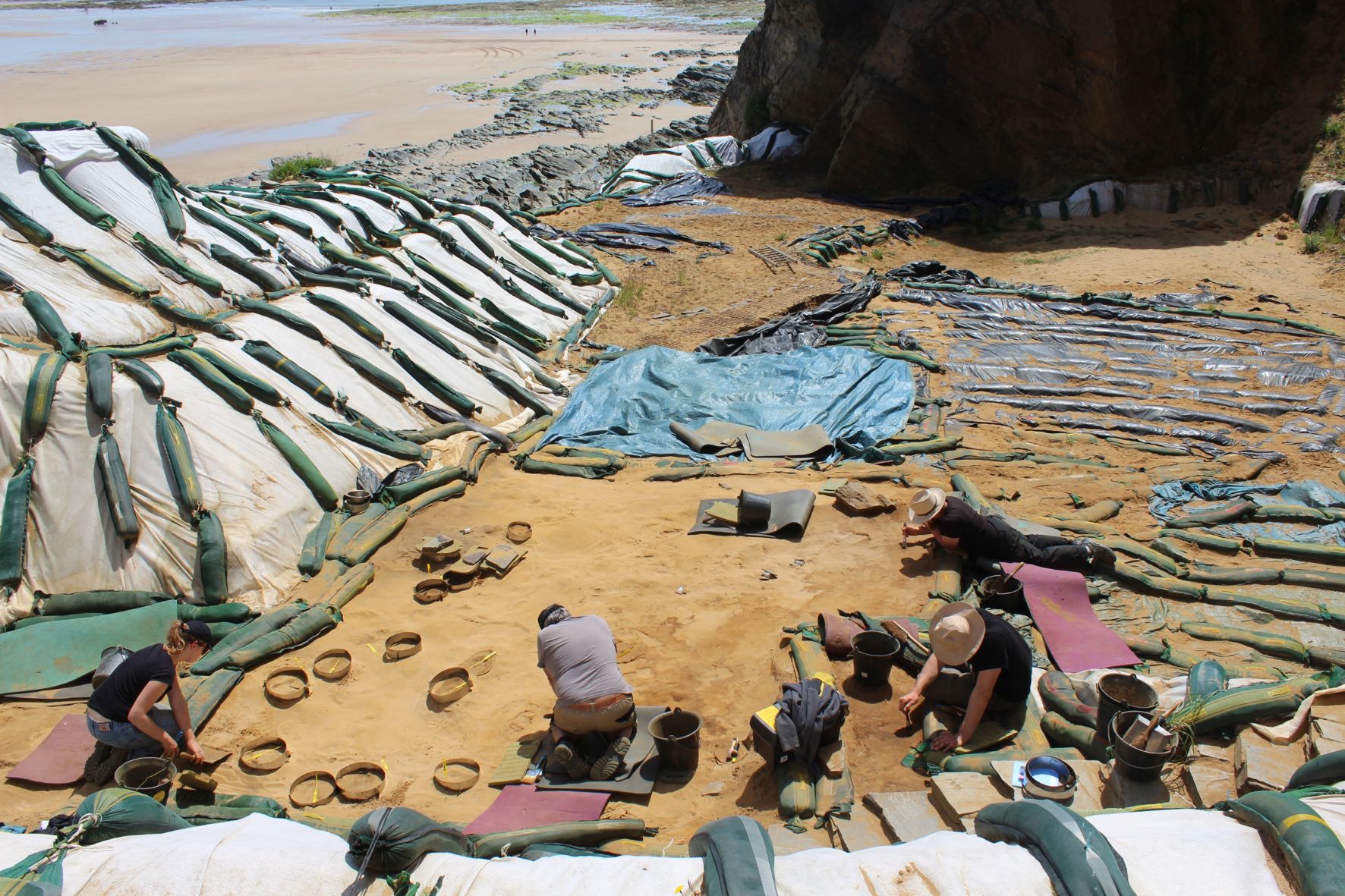
Based on the size of the prints, the group seems to have been mostly children and teenagers, who outnumbered the adults by at least four to one. The smallest prints at the site were just 11.2 centimeters (4.4 inches) long, about the size of a 2-year-old child.
The presence of so many children hints at new social dynamics among the ancient humans, ones that researchers will need further research to better understand.
Reference:
Jérémy Duveau, Gilles Berillon, Christine Verna, Gilles Laisné, and Dominique Cliquet The composition of a Neandertal social group revealed by the hominin footprints at Le Rozel (Normandy, France) https://doi.org/10.1073/pnas.1901789116



